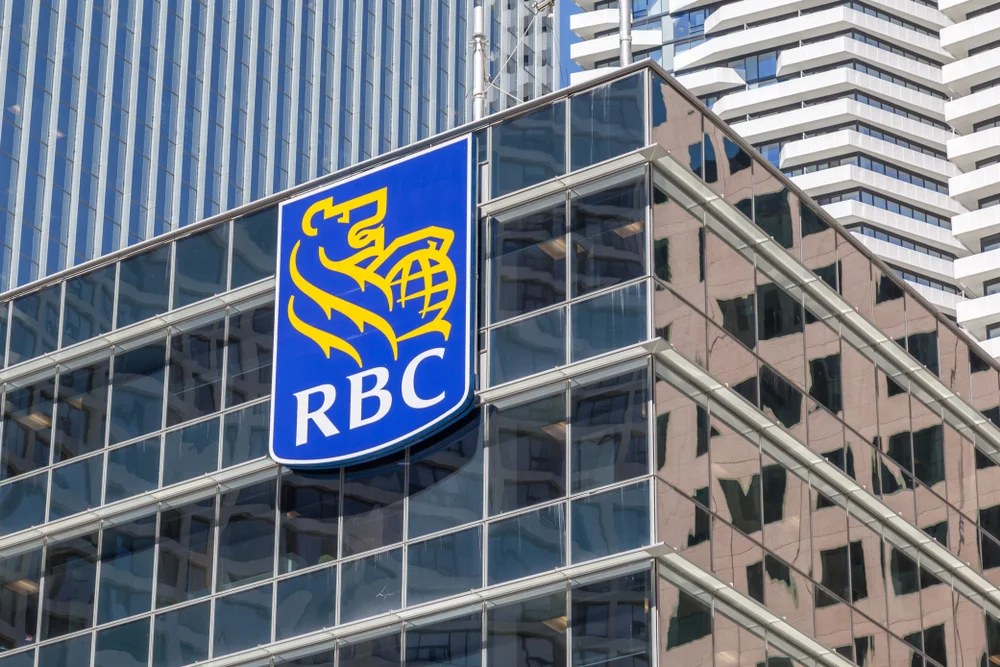Royal Bank of Canada (RBC) , a prominent player in the financial industry, has recently unveiled its interim 2030 targets for carbon emission reduction, signalling its commitment to addressing environmental concerns and contributing to the global effort to combat climate change. While the announcement reflects a step towards environmental responsibility, it has been met with criticism from environmental advocates who argue that the targets do not go far enough to effectively address the urgency of the climate crisis.
The timing of RBC’s announcement is significant, coming ahead of the forthcoming global climate talks scheduled for November in Egypt. As the world grapples with the escalating challenges posed by climate change, financial institutions are under increasing pressure from investors, regulators, and the general public to integrate sustainable practices into their core strategies. RBC’s move aligns with the broader trend in the financial sector, where sustainability considerations are taking center stage and institutions are being called upon to demonstrate their commitment to a low-carbon economy.
The new targets set forth by RBC encompass a multi-faceted approach to reducing carbon emissions associated with its lending activities. Notably, the bank aims to achieve a 35% reduction in what are termed as Scope 1 and 2 emissions intensity originating from the oil and gas sector. Scope 1 emissions are direct emissions from sources that the institution controls, while Scope 2 emissions are indirect emissions resulting from the generation of energy consumed by the institution. The concept of emissions intensity involves measuring emissions per unit of output, signalling RBC’s intent to make lending decisions that are more environmentally responsible within the oil and gas sector.
However, a key point of contention revolves around Scope 3 emissions, which arise from the utilization of products and services. RBC’s approach to Scope 3 emissions reduction is nuanced, aiming for an 11% to 27% reduction. The final figure within this range is contingent on government policies that are yet to be formulated. While RBC acknowledges that achieving the Scope 3 target range requires collaborative efforts from various stakeholders, the variability underscores the complexity of influencing emissions beyond the institution’s direct control.
Despite its efforts, RBC’s announcement has not escaped criticism. Environmental campaigners have raised concerns about the efficacy and comprehensiveness of the targets. A prominent critique revolves around the choice of emissions intensity targets instead of an absolute reduction in emissions. Critics argue that intensity targets may not necessarily result in tangible cuts in overall emissions, potentially allowing the institution to continue its support for fossil fuel companies or even contribute to increased fossil fuel production. This critique highlights the need for clear, quantifiable commitments that directly address the overarching goal of carbon reduction.
One notable voice of criticism comes from Paul Schreiber, an assessor of financial institutions for non-profit organization Reclaim Finance. Schreiber contends that RBC’s targets fall short of the transformative action required to address the scale of the climate crisis. By not committing to absolute emissions reductions, Schreiber suggests that the institution may inadvertently perpetuate environmentally detrimental practices. This criticism is a testament to the growing demands for financial institutions to demonstrate leadership and take decisive action in the face of global climate challenges.
Within specific sectors, RBC’s targets are equally relevant. In the power sector, the bank has set an ambitious goal of achieving a 54% reduction in Scope 1 emissions. This aligns with the growing push towards renewable energy sources and sustainable practices within the energy industry. Similarly, within the automotive sector, RBC’s targets signal a commitment to reducing emissions across the board, encompassing Scope 1, 2, and 3 emissions. These targets are benchmarked against a 2019 baseline, reflecting a proactive approach to addressing emissions in the near term.
The discourse surrounding RBC’s carbon emission reduction targets underscores the evolving landscape of sustainable finance and responsible lending. As climate concerns intensify, financial institutions are grappling with the need to strike a balance between profitability and environmental stewardship. RBC’s efforts highlight the growing expectations for banks to incorporate sustainability considerations into their core strategies, transforming them from mere financial entities to agents of positive change.
While RBC’s announcement is a significant step in the right direction, the critiques underscore the importance of bold, comprehensive action. As the urgency of the climate crisis deepens, financial institutions must navigate complex challenges and make choices that resonate with the imperatives of environmental responsibility. The discrepancy between environmental expectations and the actual targets set forth by RBC reflects the evolving nature of the discourse, with stakeholders increasingly demanding tangible results and quantifiable commitments.
In conclusion, Royal Bank of Canada’s release of interim 2030 carbon emission reduction targets represent a significant stride in aligning its operations with environmental concerns. However, the critique from environmental campaigners highlights the growing demand for financial institutions to adopt more transformative measures that directly address the scale of the climate crisis. As RBC navigates the complexities of sustainability and responsible lending, it stands as a microcosm of the broader paradigm shift within the financial sector towards a more sustainable future.












